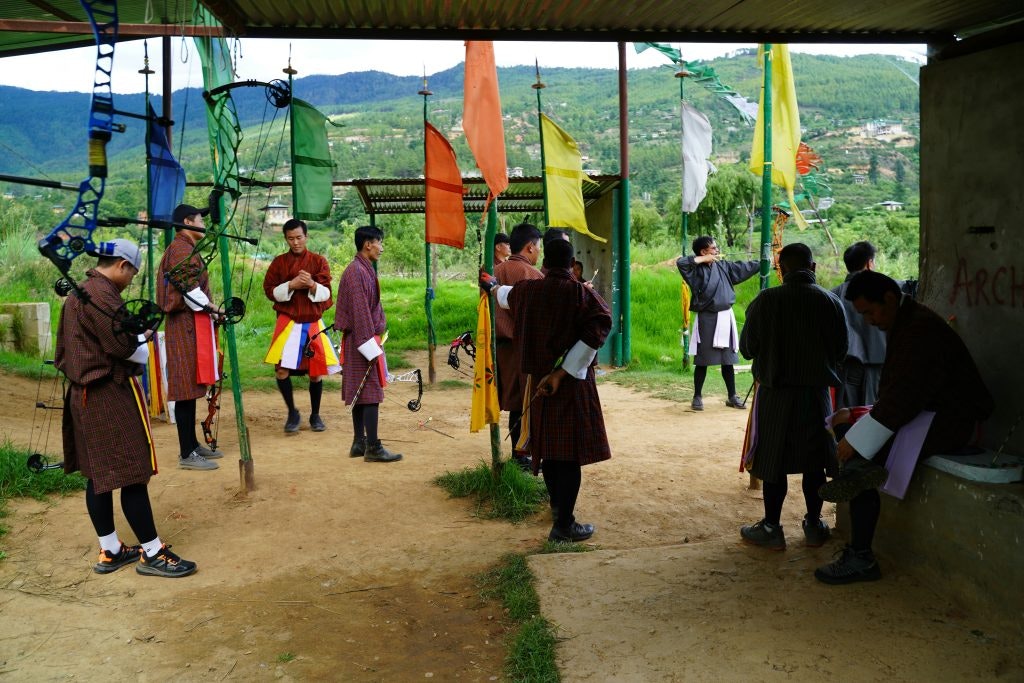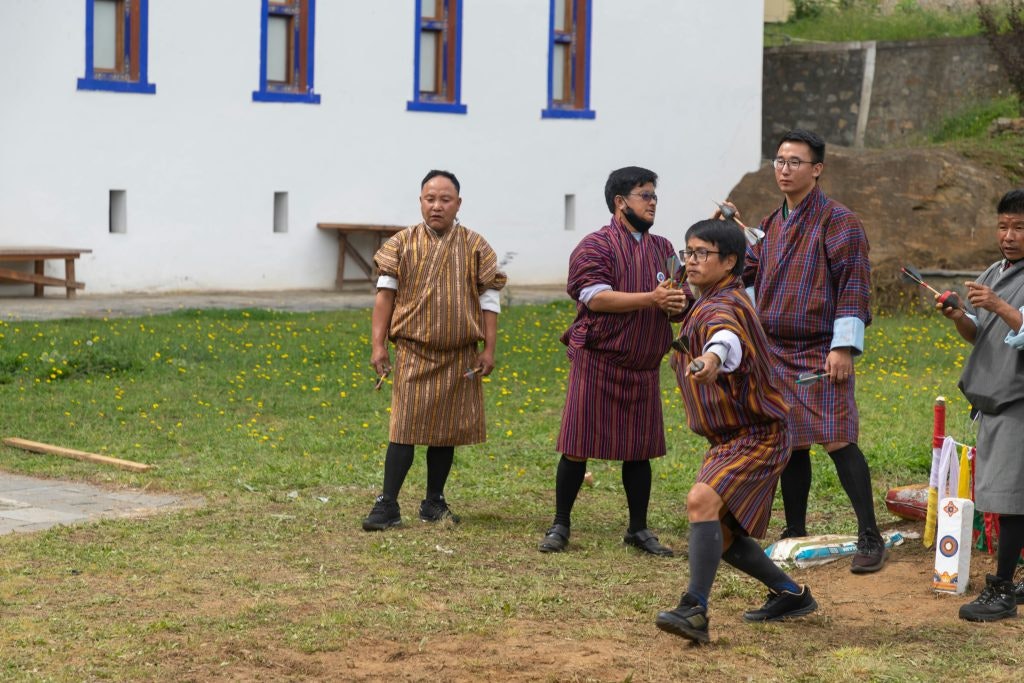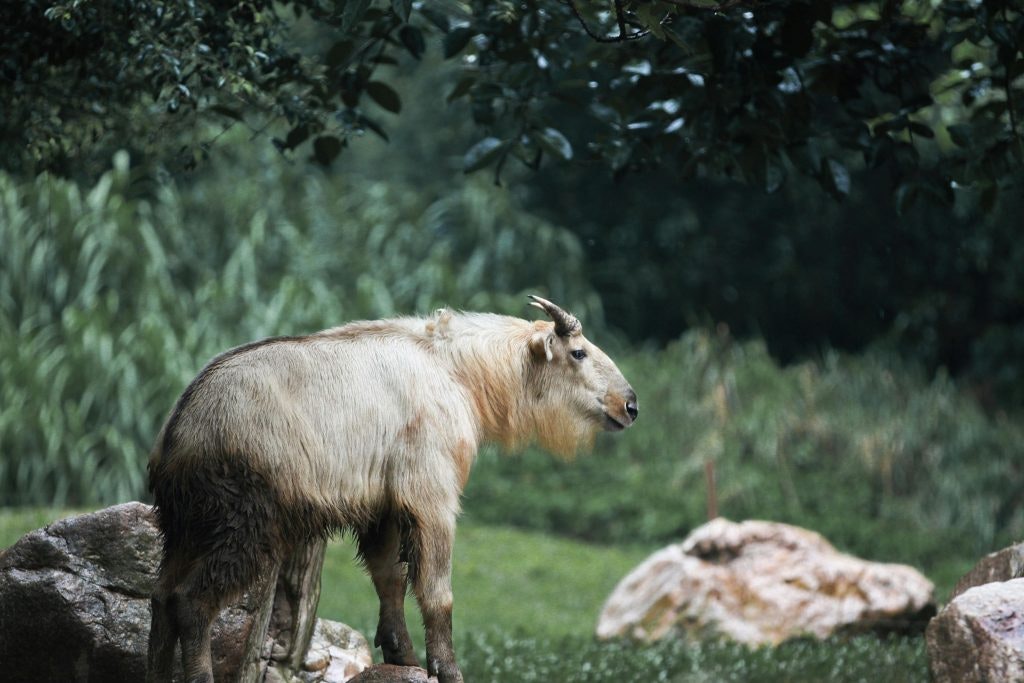8. Buddhism guides Bhutan’s laws and festivals since 747 CE
Buddhism shapes Bhutan’s national policies and laws. 75% of 777,000 citizens practice Vajrayana Buddhism in 2,000 temples. Bhutan’s constitution designates Buddhism as the state religion. 75% of 777,000 citizens practice Vajrayana Buddhism in 2,000 temples.
9. Bhutan has pegged its national currency at 1:1 to the Indian rupee since 1974
Bhutan introduced the ngultrum in 1974, maintaining a fixed 1:1 exchange rate with the Indian rupee. Both currencies serve as legal tender.
India provides 90% of Bhutan’s imports and receives 95% of its exports. 73 Indian companies operate offices in Bhutan’s border cities.
10. Bhutanese customs require guests refuse food 3 times before accepting
Traditional Bhutanese etiquette demands guests refuse food offers twice, accepting only after the third insistence.
11. Bhutanese archers shoot targets at 145 meters, double Olympic distance
Bhutan declared archery its national sport in 1971, maintaining a 145-meter target distance compared to Olympic archery’s 70 meters. The sport gained popularity in the 1920s, during the rule of Bhutan’s second king, and became the national sport in 1971, after Bhutan joined the United Nations.

12. Gangkhar Puensum is Earth’s highest unclimbed mountain peak in the world at 24,836 feet
In 1994, Bhutan banned all mountaineering above 19,685 feet, protecting Gangkhar Puensum as the world’s tallest unclimbed mountain. The mountain is 24,836 feet (7,570 meters) in northeastern Bhutan, 3,914 feet shorter than Mount Everest.
13. Bhutan has a mandatory national dress code
Bhutan has a mandatory national dress code. Both men and women are required to wear the traditional attire especially on formal occasions and when visiting the Bhutanese government, schools and during festivals.
The attire for men is called gho, a knee-length robe tied at the waist with a cloth belt. For women, the traditional dress is the kira, a long, ankle-length dress worn with a jacket called toego. These garments are often made from woven silk or cotton and feature intricate patterns that vary by region.

Bhutanese men wearing Gho
14. Bhutan has a thunder dragon on national flag since 1969
In 1969, Bhutan officially adopted the Druk thunder dragon symbol for its flag, holding 4 jewels in gold claws against orange and yellow rectangles. The dragon design stems from a 17th century Himalayan belief that thunder is the roar of dragons. Druk Yul became Bhutan’s official name in state documents.
The 4:3 ratio flag appears on all government buildings and schools. Orange represents Buddhism, yellow shows monarchy and white jewels symbolize wealth.
15. Thimphu is the only national capital city without traffic lights
Thimphu in western Bhutan has grown from 30,000 residents in 1985 to 115,000 in 2023, all while maintaining its tradition of white-gloved police directing traffic at intersections. Pyeongyang, North Korea added their traffic lights in 2014.
16. Bhutan makes education and healthcare free for all its citizens
Bhutan’s has universal free education and healthcare, making it the first Himalayan nation with this guarantee.
Read more about Bhutan in its Thirteen Five Year Plan







